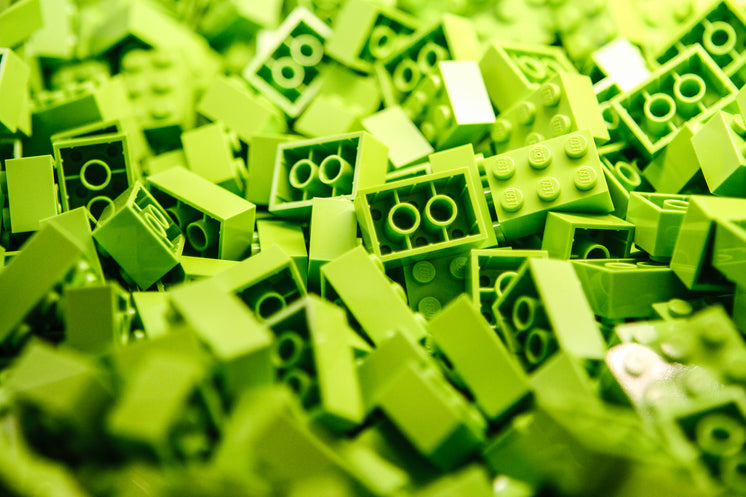Educational Value in LEGO Sets: What to Look For
Legos are a timeless toy that has inspired generations kids and adults to make their own masterpieces. If you have just about any questions about wherever along with tips on how to utilize check out these great lego sets, it is possible to e mail us on our webpage. It’s a classic from the past that has inspired generations of kids and adults alike to make their own distinctive masterpieces.
In 1947, Christiansen made a purchase that would change the direction of his company’s history. He purchased a molding machine that allowed Christiansen to make plastic toys that were more diverse and variety.
Ole Kirk Christiansen
Ole Kirk Christiansen, a carpenter, was the person who came up with LEGO that was established in Billund, Denmark, in 1932. In the years before the Great Depression hit, Ole Kirk Christiansen decided to create wooden toys from the wood left over in his workshop. The first toys he created included mini versions of stepladders and ironing boards, which he marketed under the name leg godt (play well) in Danish.
In 1942, his shop as well as all the blueprints destroyed by a massive fire. In the name of his workers, he built up.
Following the war, the business continued to expand and in 1946, Christiansen bought a plastic injection molding machine. While experimenting with the new machinery, he came up with the idea of creating an plastic brick. Godtfred, his son, was later to use the design to design the modern interlocking block. Its highly satisfying click coupling has been the foundation of some of the most loved construction toys all over the world. Christiansen died in 1958 shortly before his invention changed the world of toys.
The very first Lego set
The very first Lego set, the Town Plan was a set with streets that could be paved with Lego bricks. Godtfred believed that this was the beginning of lively play, something He believed was crucial for youngsters. This is still the fundamental principle that the Lego Group adheres to today.
In 1947, the company made a huge purchase that would revolutionize its entire operation the purchase of a plastic injection moulding machine. The results were sets that included automated binding bricks, a plastic fish and a plastic sailor, the earliest versions of the Lego blocks that are in use to this day.
In 1975, the first LEGO building figure was released for production. At four bricks high it resembled a miniature robot with peg-hands that were different from what is used now. It took over 50 different prototypes before the design was perfected, and then we saw the introduction of the minifigure. The next step was to add wheels to these figures, which opened an entirely new world of play.
The first Lego bricks
The first Lego bricks were not the interlocking blocks made from plastic that later became famous. They were «automatic-binding bricks» made of plastic with a flat bottom and an axle on top. They were constructed by a process known as plastic injection molding. In this process, the melted plastic is pressed into the mold.
However, these bricks weren’t an immediate success. Due to poor sales, many bricks were returned. Godtfred persisted and, after meeting a customer from overseas, he spotted the possibility of establishing an interconnected system of toys.
The company launched its first Lego human figures in 1974 The company later expanded into the small posable bricks that we have today. In the year 1975, Lego started selling sets that were more complex for children of a certain age. These sets would later be referred to as Lego Technic. These sets contained small parts such as universal joints, gears and levers. This would lead to the creation of the stud-and-coupling system that allows Lego pieces to be linked together and to build more elaborate structures.
The very first Lego people
Although they’re the most loved component of Lego sets, they were not an important innovation until later in the history of the company. The first Lego minifigures came out around the mid 70s or in 1975 to be exact.
The figures were based on police officers and astronauts, which were both more realistic than the toy soldiers currently available. This was a major leap forward, and could to make Lego sets more engaging for children.
It was also the first time that LEGO introduced various skin tones, though it would take some time before they actually got around to adding a female head that wasn’t one with a white face. In 2002 the first female head that had smirking faces were made available. It’s now been nearly 30 years since a head coded as being old was added. But, they’re getting better.

